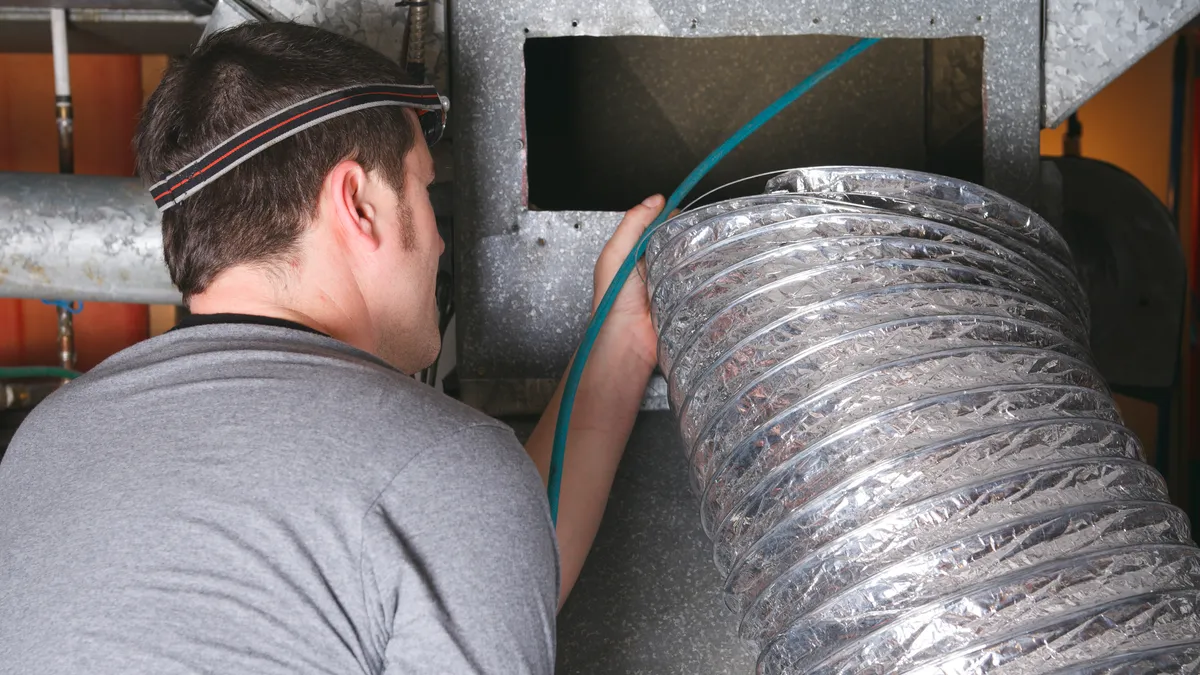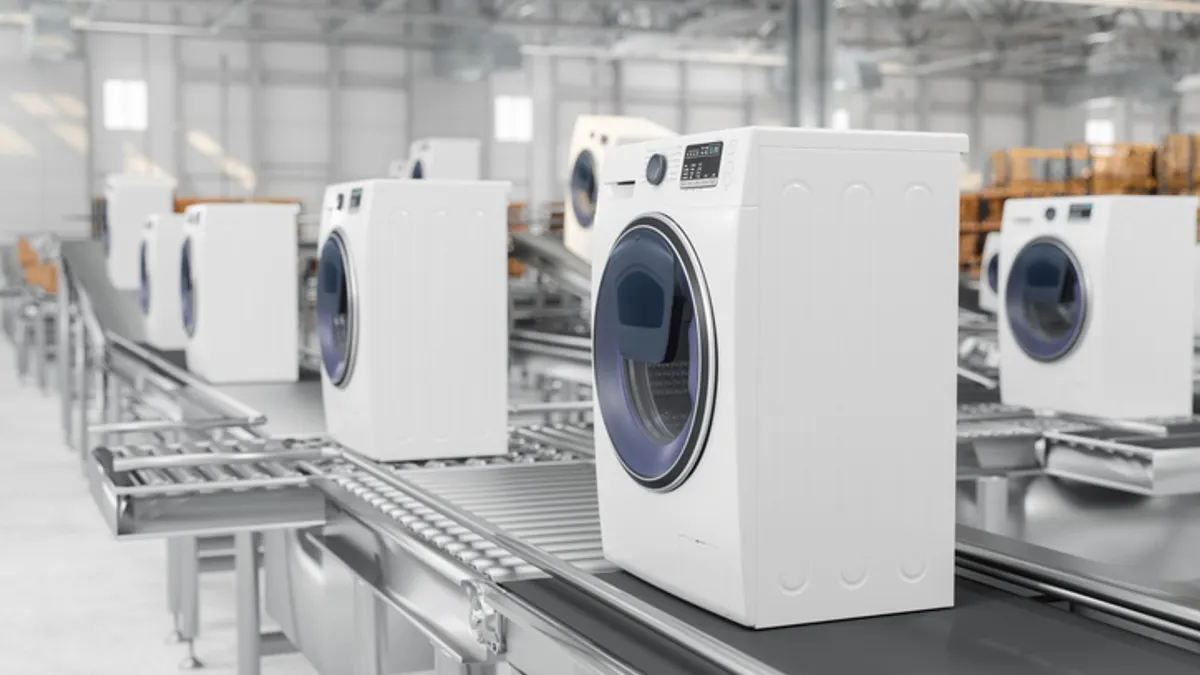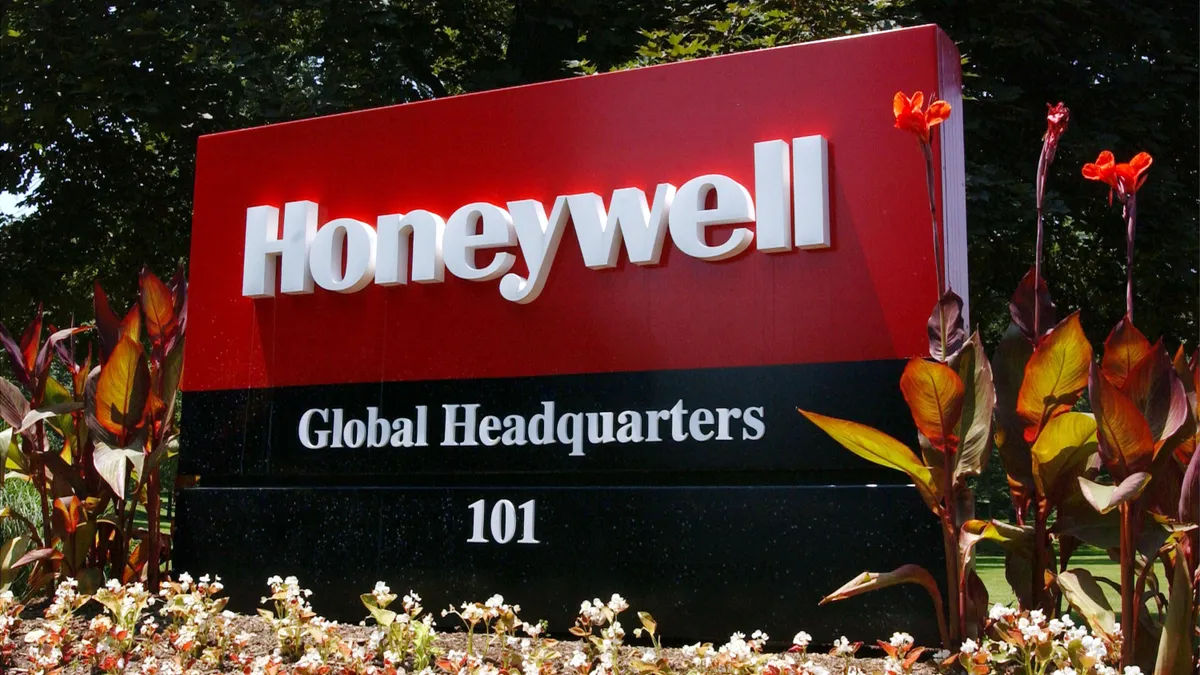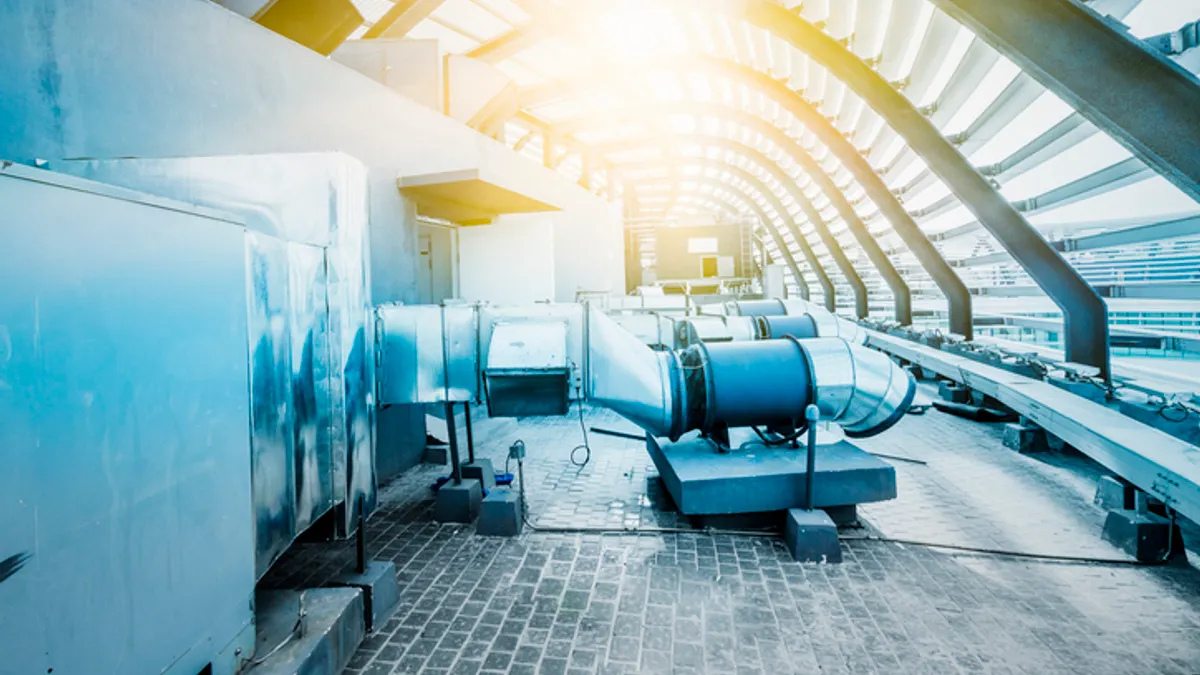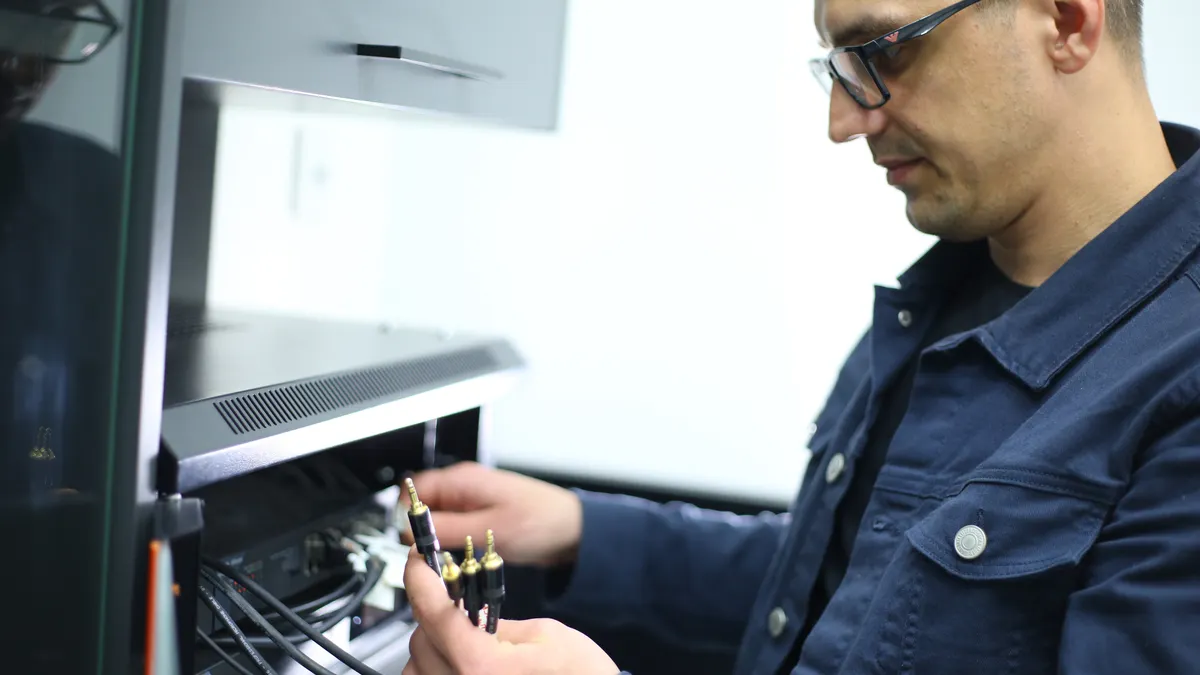The costs of equipment downtime can be more than what a facility manager might think, says Dan Clapper, head of learner and business outcomes at technical training company Interplay Learning. There’s the cost of not having that piece of equipment operating but there’s also the cost of repairing or replacing it, the technician’s time and the potential for lost business down the road.
“Companies report losing 11% of their budget because of downtime,” Clapper said in a webcast Interplay hosted on its website.
Facilities managers tend to understand the value of preventative maintenance and the need to keep technicians trained on how to do equipment checks right, but it’s typically seen as a time-consuming and costly luxury they can’t afford, Clapper said. But that’s the wrong way to look at it.
“When I hear from facilities managers they don’t have time to train because there are so many backlogs, that means there’s probably a way training can increase performance to get those jobs done faster,” he said.
The problem with traditional training is it tends to occur in large, infrequent blocks, like once a year. A better practice is to approach it in small, frequent segments in what trainers call microlearning, Clapper said.
Sessions can be as short as 10-15 minutes, two or three times a week, and stretch over 90 days, he said.
A typical module that looks at preventative maintenance for chillers, for example, might start with online content for the first 30 days, hands-on training for the second 30 days and then advanced diagnostics for the last 30 days.
“This is the best way to do this because it’s long enough to get good results and good knowledge retention, but it’s short enough for technicians to stay focused,” he said.
When he began his career years ago, it was typical for a technician to get trained on equipment and how to do preventative maintenance directly from the manufacturer. Technicians would travel to the manufacturer and spend several days there – a big commitment in time and money that companies are less likely to make today, Clapper said.
With today’s tools, training can be done without that kind of cost, but commitment is still important because training is most effective when it’s consistent over time.
“I’m a big fan of consistent training, when technicians are learning just a little bit, week after week,” he said.
When training only occurs once a year, the learning isn’t internalized and can lead to technicians either skipping steps when it comes to preventative maintenance or simply not knowing the right way to do it. That’s when equipment fails and unplanned downtime occurs, Clapper said.
“Technicians lack the confidence,” he said. “Maybe that’s why errors are being made.”
If the training is fresh in their minds, though, they’re more likely to be thorough when completing preventative maintenance.
“Maybe they’ll take the extra step they weren’t going to do and maintain that piece of equipment better now that they know the right way and they become more proud of it,” he said. “We see a big jump in productivity.”
Securing buy-in
Clapper says he speaks with probably a hundred facilities managers a year and they agree on the benefit of preventative maintenance training but when budgets are tight, training tends to be one of the first things to go. But managers can put themselves in a strong budgetary position if they can show a return on investment in training, and there are a surprising number of ways to do that, he said.
Some of the obvious metrics to track are time between failures, reduced downtime and reduced maintenance backlog. But there are less obvious ones, too, like reduced turnover rates among technicians, shorter time to competency for new-hires and even a higher net promoter score – another way of saying happier employees, which can translate into better stewardship of assets.
“When you start building a program like this and people are learning in a consistent way, they want to stay employed,” he said. “They’re not going to jump because they see they’re growing, year after year, so we see an increase in retention.”
Many organizations already have dashboards for tracking analytics, so it can make sense to add these preventative maintenance metrics to the mix.
“If I have a dashboard that’s tied to metrics that training directly impacts, or even indirectly impacts, I can go to leadership and get funding for training,” he said. “If I can build this program, I can start decreasing the cost of these unplanned downtimes because we’re just going to have a better workforce.”
If you want to improve your training, start with an assessment of what type of maintenance is most important and then concentrate your training on that maintenance program, he said.
“Get a spreadsheet and start ranking which ones are most important, because if I can train specifically on those, that will have the biggest impact on our organization,” he said.
Then assess the skills of your technicians. You can expect some of your employees to balk at this if they see it as a report card on how well they’re doing, so it’s better to frame it as the start of a process for improving their expertise, not assessing where they’re failing.
“This isn’t pass or fail,” he said. “It’s meant to help me see how I can help you grow. We want to make you more valuable here.”
Then you tailor the microlearning to each technician based on where they need it. Some people may be better at dealing with the electrical side of systems than the mechanical side, or vice versa, Clapper said.
“When you start mapping out the numbers, the cost of inaction is higher than the cost of training. Put this on a piece of paper, because it tells the story,” he said. “Most facilities managers are just putting out fires day after day. Talk with your teams, identify the skills gaps and take steps toward addressing those. Most people generally want to learn.”







